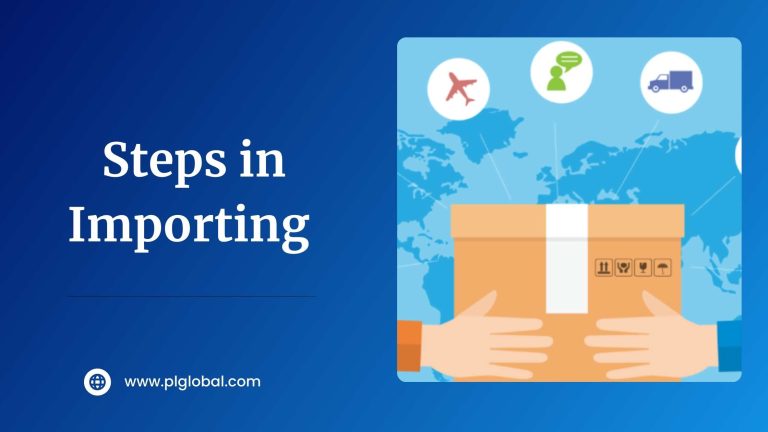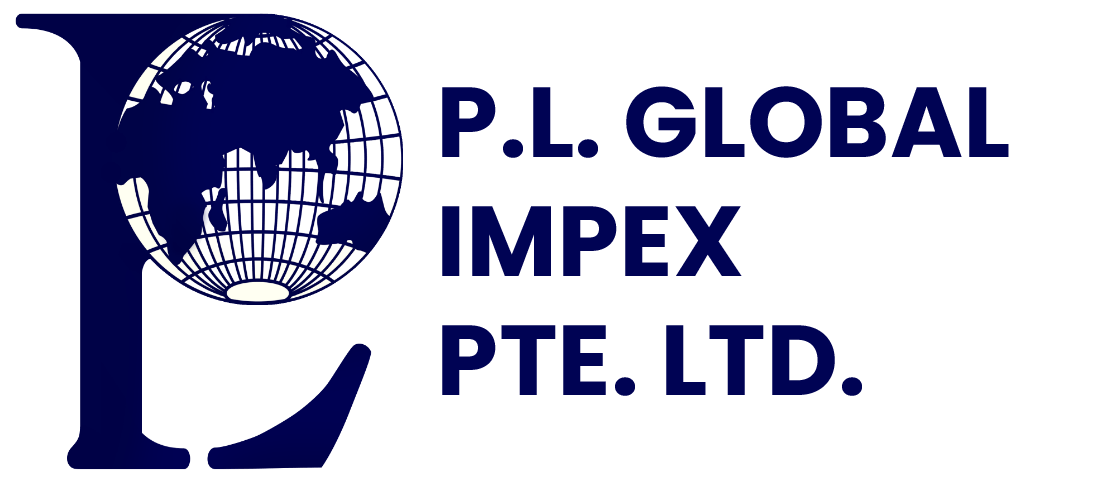In any business selling products, import (along with export) is a core component, and following an effective import procedure enhances the business performance by managing costs efficiently, ensuring compliance with laws, and keeping the supply chain smooth.
We have come up with this comprehensive guide where we will share the meaning of the import procedure and the essential steps that you should take during international shipping. In this blog, you will also learn about the challenges that you can face during international trade and the strategies to overcome those challenges. At the end, you will learn about some best practices for successful importing that will help you stay competitive in the industry.
Continue reading this blog and expand your knowledge of import procedures.
Understanding the Import Procedure
Every country imports some goods from other countries to meet the demand of their population or access the products that are not available locally.
The same thing happens in the case of a business where the business person has to follow some procedure like finding a supplier abroad who sells the products they want, making a deal, getting permits, customs clearance, etc. to bring the goods to their country from another country.
There are several essential stages in the import procedure, such as planning, import documentation, customs clearance, arranging shipments, and receiving goods, which we will be discussing in the next section in detail.

Essential Steps in Importing
The importing procedure comprises 5 essential steps:
1. Planning and Preparation:
You need to perform market research if you are planning to import goods from other countries. You can start by analyzing the demand for products in your target market, the level of competition, and the current market trends.
Once you have done your market research and prepared the list of products you want to import, look for reliable suppliers who can deliver you the products with a track record of timely delivery and quality products. You can also look for the reviews.
Understanding Regulations and Restrictions
Always do in-depth market research to understand the complexities of the market and the specific regulations related to the product you want to import. It could be compliance with safety standards, obtaining necessary import permits, and following industry-specific rules.
2. Obtaining Necessary Documentation:
There are certain import documents that you need to obtain or prepare for the smooth delivery of goods to your country. These documents are
Purchase Order (PO): It has details of the buyer’s request for goods and the terms of the purchase.
Commercial Invoice: It provides the details of the transaction, which include product description, quantity, price, and payment terms.
Certificate of Origin: It serves as proof of the country in which the products were produced.
Bill of Lading: It is a transport document issued by the carrier and contains details like the shipment of goods and the terms of the transport.
Preparing and Verifying Documentation
Double-check all details on the documents to avoid errors and discrepancies. You can also consult a customs broker or trade advisor to ensure all your paperwork is correct and complete.
3. Customs Clearance:
Customs clearance is a process where you have to submit all the import documents to the customs authorities so that they can initiate the clearance process from their end. They will review the documents to ensure they meet all the requirements of import regulation.
Also, you have to pay the tariff, taxes, and duties (if applicable) based on product classification.
Understanding Tariffs
Tariffs are taxes that are imposed on imported goods and are calculated on the basis of product valuation and classification.
An understanding of tariffs will help you in the calculation of the total cost of importing and pricing your products accordingly.
Dealing with Tariffs
You need to stay current with the changes in the tariff rates and trade policies to manage the import costs. You can work with a customs broker who will advise you on how you can minimize tariff impacts and help you navigate the complexities of tariff schedules smoothly and optimize your import strategy.
4. Arranging Transportation and Delivery:
You can choose the shipment based on the type of goods you are importing.
If you are importing high-value or time-sensitive goods, you can choose air freight for fast delivery. You can opt for sea freight, which is cost-effective and best for delivering bulk goods. Choose land freight if you are importing goods from neighboring countries.
Choosing the Right Shipping Method
Choose shipping methods based on the type of goods you are importing from other countries. Choose air freight for costly and time-sensitive goods, and sea freight for importing large quantities of goods that are less time-sensitive.
Tracking Shipments
Utilize tracking systems provided by carriers to monitor the status and location of your goods throughout the journey. Keep a regular check on the updates and proactively address any potential delays or issues to avoid disruptions in your supply chain.
5. Receiving and Inspecting Goods:
Upon arrival of goods, conduct a thorough inspection of the shipment for any visible damage. Also, check the quantity and quality of goods to see if they match the purchase order.
Handling Issues
In case you encounter any issues, like damage or incorrect quantity, document them thoroughly with photographs and detailed descriptions. Contact the supplier immediately to resolve the issue. It could be a replacement or a refund of the damaged products. You can also file an insurance claim to recover the costs, if applicable.

Common Challenges and How to Overcome Them
Import procedure is a complex task as you need to meet all regulations and requirements of the country from which you are importing goods. Throughout this process, you can face some challenges. Here is the list of common challenges and the strategies to avoid them:
1. Import Documentation Errors
Incorrect or incomplete documentation issues are one of the common challenges that every business faces during import procedures. This challenge can delay the import and lead to additional costs and compliance problems.
Solution:
- Always double-check all the documents for accuracy before submission.
- Create a detailed checklist to confirm that all required documents are prepared and included.
- Consult with customs brokers or trade advisors to review and verify your product’s documentation.
2. Misunderstanding Tariffs and Duties
The miscalculation in tariffs and duties can lead to unexpected costs and impact your overall profitability. Incorrect tariff classifications or underestimations can result in customs penalties or additional expenses.
Solution:
- Use Harmonized System (HS) codes to accurately classify your product and stay updated with any changes.
- Always use reliable tools or consult tariff experts for accurate estimates of tariffs and duties.
- Stay current with the changes happening in the trade policies or tariff rates that could affect your costs.
3. Supply Chain Disruptions
An uncertain disruption in the supply chain can cause delays in production and transportation issues, which can impact the timely delivery of goods. The other reason could be the unavailability of reliable suppliers.
Solution:
- Build strong relationships and contacts with multiple suppliers to import goods from multiple sources.
- Keep open lines of communication with suppliers and logistics partners to address any issues promptly.

Best Practices for Successful Importing
These are some of the best practices that you can perform for successful importing of products:
1. Continuous Improvement:
Adopt a mindset of continuous improvement for smooth and successful importing. Review and optimize your import process regularly. This practice will help you enhance efficiency, reduce costs, and address challenges when they arise.
2. Building Strong Relationships:
Develop strong, collaborative relationships with the suppliers, logistics providers, and other partners involved in the supply chain for the successful import of goods. Trust and effective communication are a necessity for better cooperation during the import procedure and quicker resolution of issues.
3. Training and Development:
Provide regular training and development to your team members so they stay updated with the importing procedures and regulations of the importing country and best practices for successful importing.
4. Record-Keeping:
Keep accurate and organized records for managing imports effectively. Proper import documentation also facilitates efficient problem resolution and financial management.
The Bottom Line
Streamline your import procedure to make the import process of your products smooth and efficient. Handle all your import documents, like purchase orders, commercial invoices, bills of lading, and certificates of origin, properly to ensure international shipping goes smoothly and customs clearance is quick. You can achieve this by continuous improvement, building strong relationships with the supply chain partners, and keeping your records organized. Also, always stay updated with the regulations and policies, and integrate technologies in the international supply chain to track your shipment in real-time. Practice these strategies in your business and see the difference.
